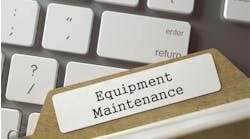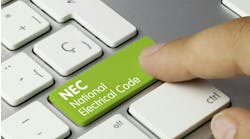Your electrical services firm has a new commercial client. They own 35 rental properties, including a recently purchased six-unit apartment building. It was built in the 1970s and has been remodeled multiple times.
Tenants complain about dim lights, nuisance breaker trips, and other electrical problems. There is also a high rate of appliance failure.
An apprentice electrician visited the site to gather information. Upon checking inside each service panel, she found many of the branch circuits used aluminum conductors. The insulation on most of these had melted back a bit. She checked receptacles in each unit and found that some had 120V while others were at 90V. There isn’t enough distance for voltage drop to be a consideration. These low-voltage receptacles coincide with appliance failure. Some are fed by copper conductors, others by aluminum.
What is likely going on, and how will you fix it?
This mix of conductor metals is an obvious problem in itself. Apparently, someone tried to save money during all that remodeling by using cheaper wiring. Did they also use connectors listed for use with these two incompatible metals?
Ripping out the walls and rewiring every unit would be costly to the client and inconvenient to the tenants. Instead, testing impedance on each branch circuit individually, preferably using a low Ohms meter.
Where the total circuit impedance is acceptable, mark that circuit as OK. Where it is unacceptable, “divide and conquer” to identify the point of failure. Replace any suspect connectors with ones listed for the use. Also ensure line, neutral, and ground are not mixed at any point.
Retest. You may still need to replace some circuits, but the work will be less invasive.




